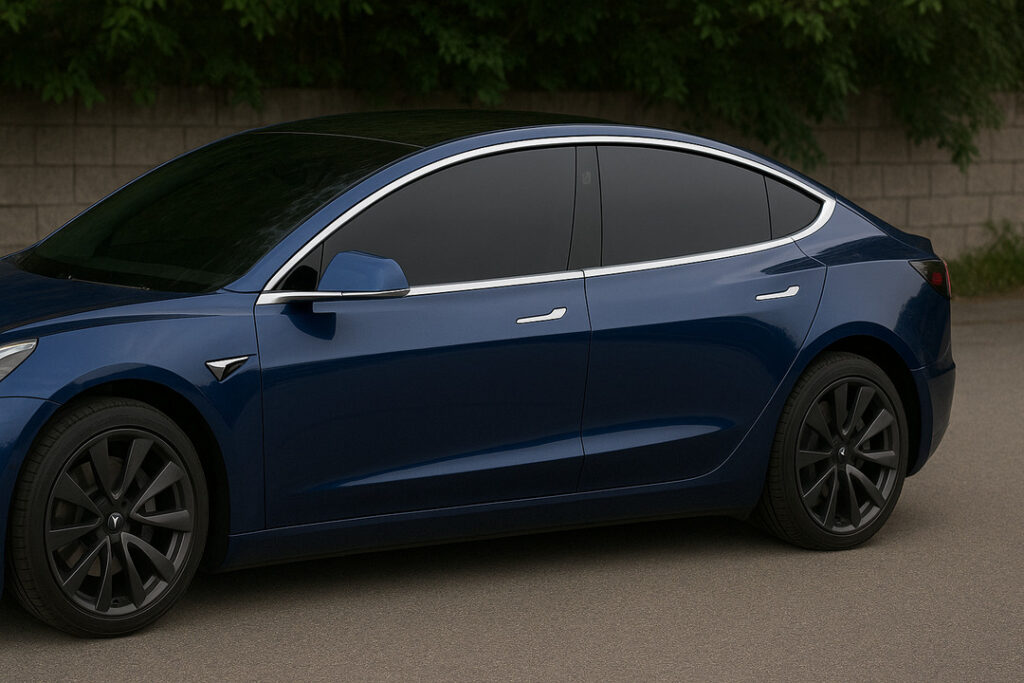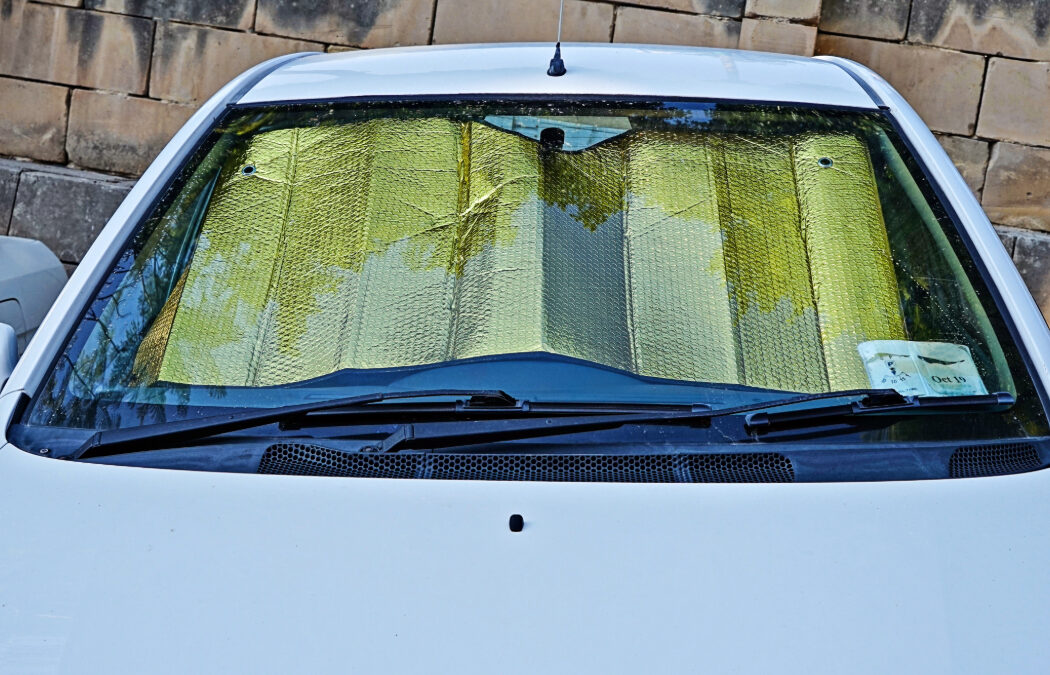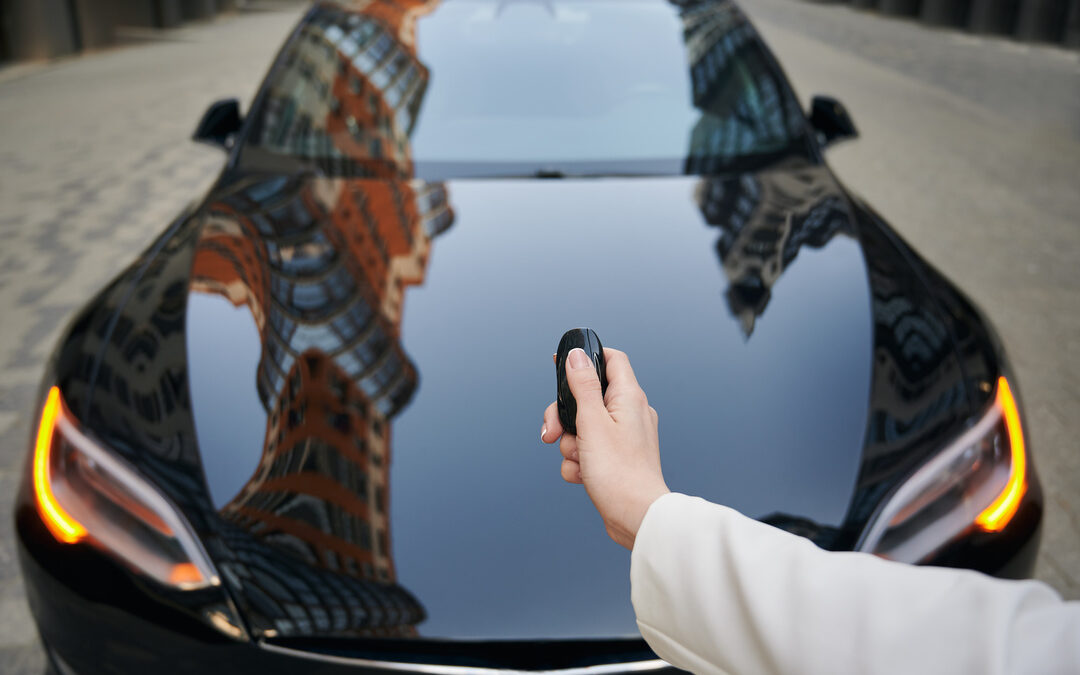If you own a Tesla or any electric vehicle in Massachusetts, here’s one thing people don’t tell you:
Window tinting isn’t just about looking cool. It’s about performance.
But EVs—especially Teslas—aren’t like your average gas guzzler. If you tint them wrong, you can mess up your range, damage your tech, or even break the law.
Here’s what you need to know before tinting your EV in Massachusetts.
Why EVs and Teslas Need Special Attention
EVs are built different. Literally.
Teslas, Rivians, Mach-Es—they all have massive glass roofs, oversized windows, and advanced sensors everywhere. Some even have built-in antennae and cameras inside the glass.
If your tint blocks the wrong frequencies—or if it’s not installed clean—you can end up with:
- Weak GPS or cell signals
- Glitches with auto-pilot or side cameras
- Overheating because of poor-quality film
This is why EVs need non-metallic, high-quality tint—like ceramic or carbon films—that won’t interfere with electronics. Want to dive deeper into why Teslas need special tint care? Tesbros explains it well right here.
What Makes Tesla Windows Different — and Why It Matters
Tesla’s glass isn’t normal.
You’re dealing with:
- Double-pane glass on front doors (Model 3 and Y)
- A single seamless back window on Model 3 (crazy hard to tint)
- Giant all-glass roofs that need heat-rejecting tint to stay cool
The challenge? Heat-shrinking tint to those curves without leaving creases or bubbles. Most tint shops mess this up unless they’ve worked on Teslas before.
The team at APT Tinting lays out the tinting differences between regular cars and Teslas. Worth a look if you want to avoid amateur mistakes.
Legal Tint Limits for EVs in Massachusetts
Massachusetts tint laws don’t change just because you drive electric.
Here’s what’s legal:
- Front side windows: must allow at least 35% light in
- Windshield tint: only allowed in the top 6 inches
- Rear windows and back glass: you can go darker, but don’t go limo-dark unless you’re sure it’s legal
Want darker for medical reasons? You’ll need a waiver. Here’s the official link to apply for a tinted glass waiver in MA.
Also, for anything related to MA driving rules and inspection standards, check the Massachusetts driving and motor vehicle portal.
Can Tint Improve Range or Battery Life?
Sounds like a stretch, right? It’s not.
Some ceramic tints can block infrared heat from entering your cabin, which means your AC runs less, which means you burn less battery. It’s not a huge boost, but when you’re stuck in Boston traffic on a 90° day, every mile counts.
The team at Bravo Protection breaks this down further if you’re into the science. The TLDR? Ceramic tint helps—especially on longer trips.

How to Find a Tint Shop That Knows EVs
This matters more than you think.
You need a tint shop that:
- Has worked on Teslas or EVs before
- Uses plotter-cut film (no razor blades near your sensors)
- Offers ceramic or carbon tint only (not metallic or dyed)
- Gives a lifetime warranty
Ask to see their portfolio. If they don’t have pics of past EV work—or they hesitate when you say “Model Y”—walk away.
Also, don’t price shop blindly. You’re protecting a $40K–$90K vehicle. Go with experience, not coupons.
Window tinting your EV or Tesla isn’t just a style choice—it’s about function, safety, and range. But it has to be done right. Cheap film, poor installs, or the wrong shop can mess up your electronics or cost you inspection issues later.



0 Comments